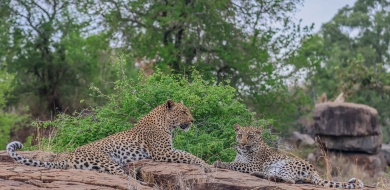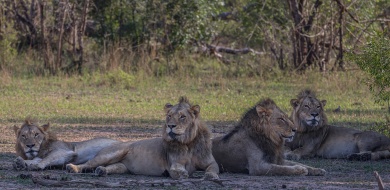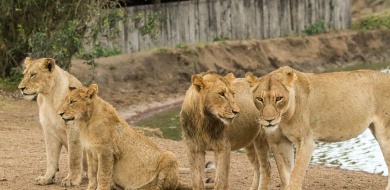A Week in the Bush Vol. 568
on Oct 22, 2025It’s been another exciting week on safari, with plenty of action.
After a long and challenging tracking exercise, we finally located four members of the Southern Pride on the move early in the morning. They remained highly alert, pausing every few metres to ensure no hunting opportunity was missed. With only four individuals present, they were likely moving in search of the rest of the pride, seeking safety in numbers - especially given the high lion activity we’ve observed across the reserve in recent weeks.
Lion dynamics are ever-changing, and over the past few months, the Southern Pride has spent very little time in this part of their territory, leaving them vulnerable to invasions from rival lions.
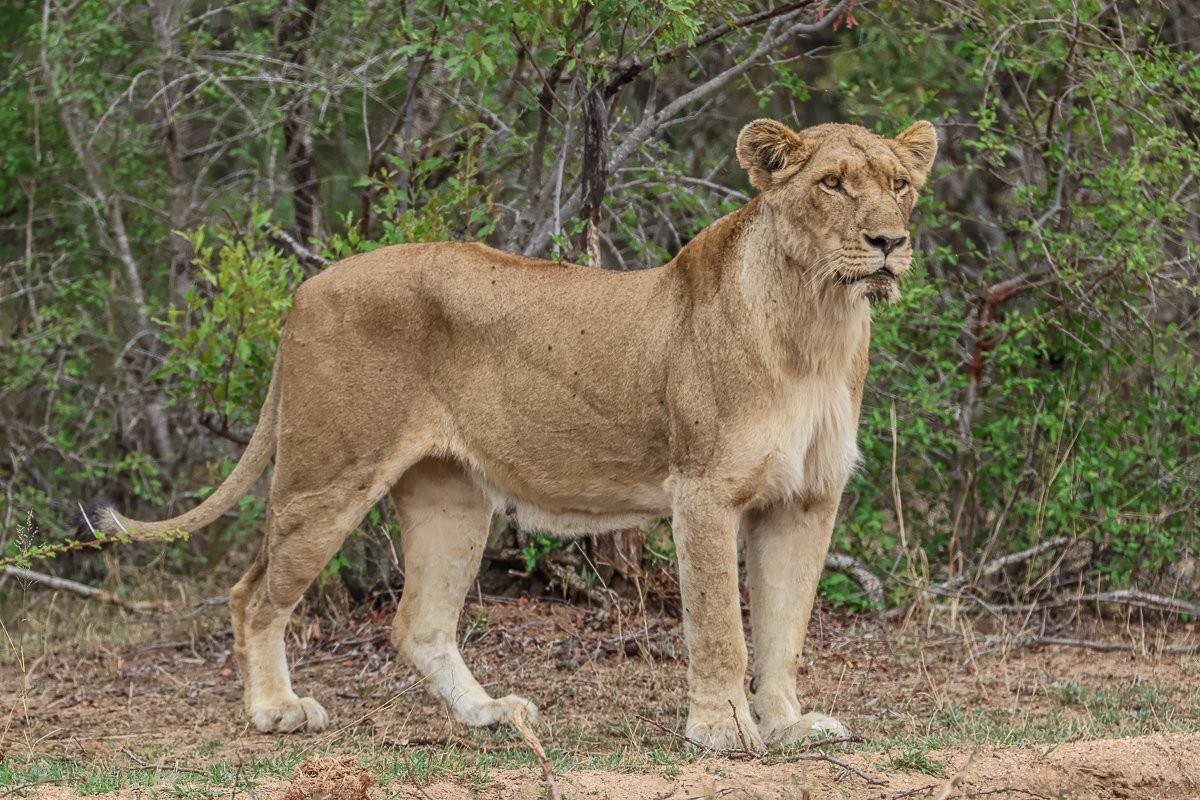
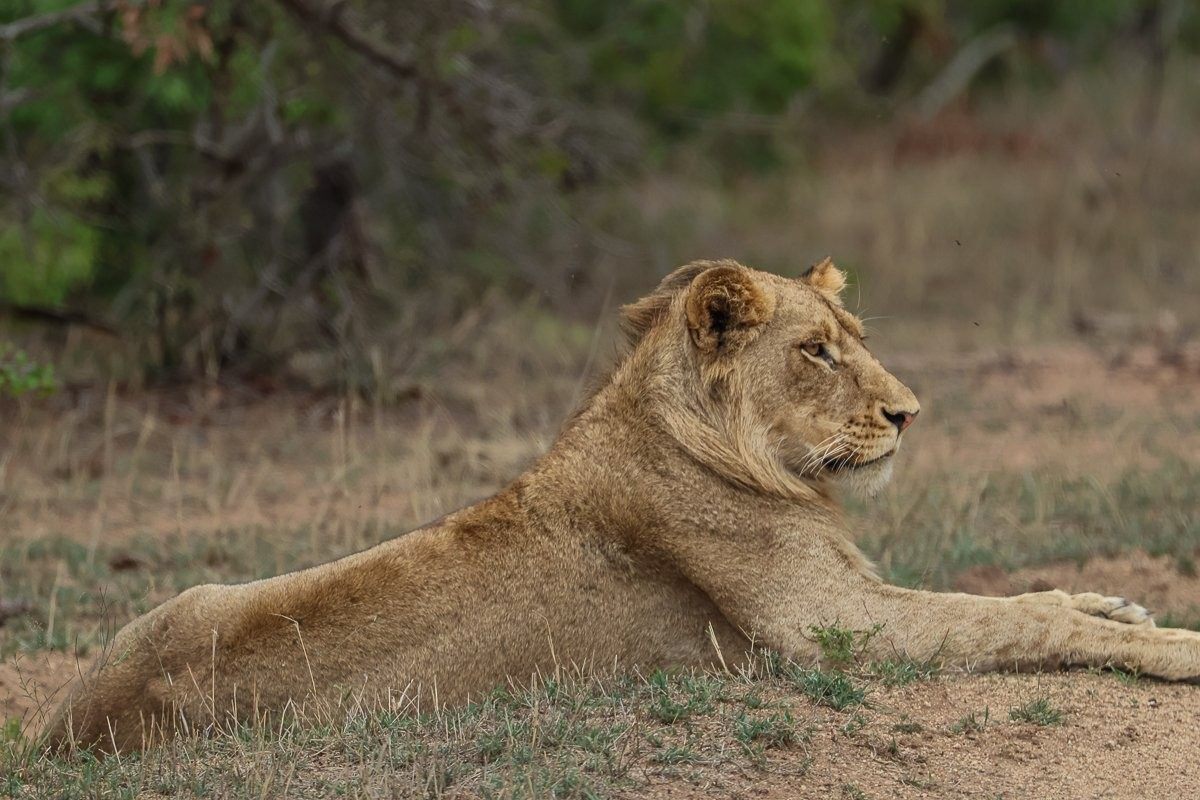
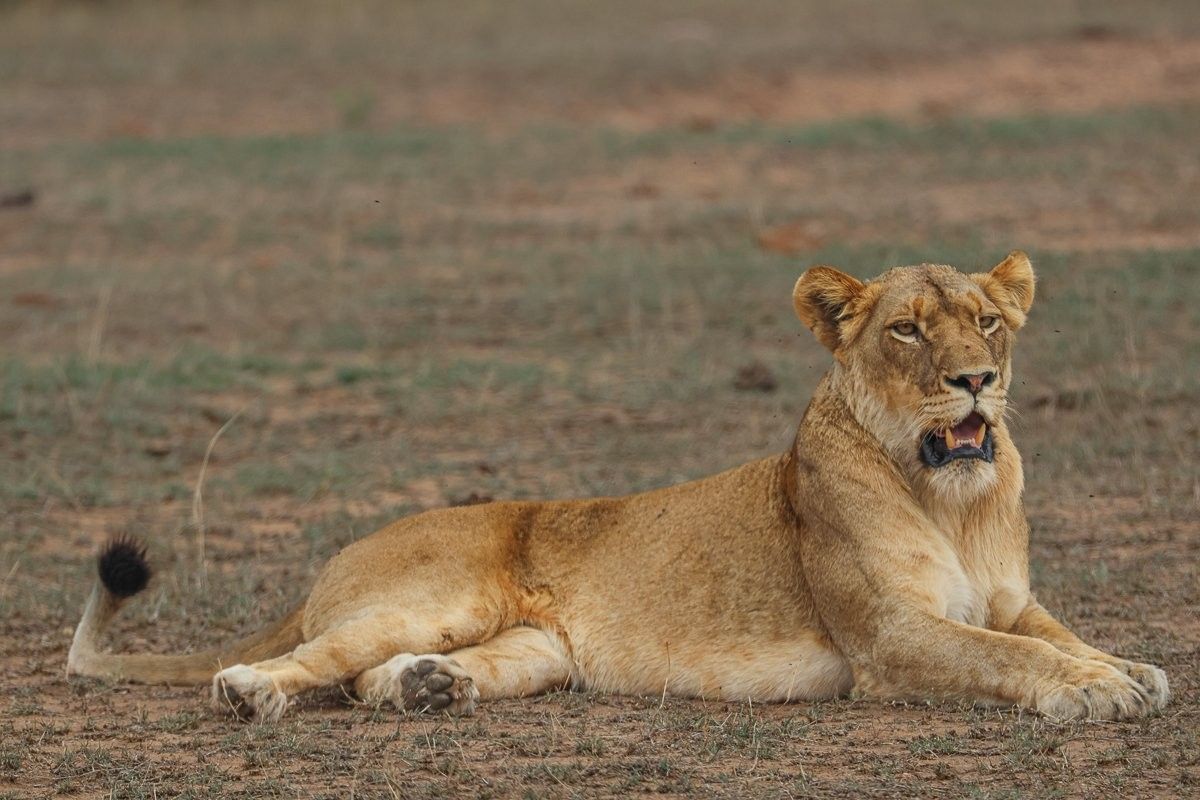
We found the Msuthlu Pride at the waterhole in front of Selati Camp early in the morning, quenching their thirst after feeding on a recent kill. With their bellies full, they spent the entire day resting by the waterhole, making it difficult for impalas and zebras to approach as they normally do.
Lions often use these waterholes as strategic ambush sites, lying in wait for unsuspecting prey that come to drink — and at times, their patience pays off.
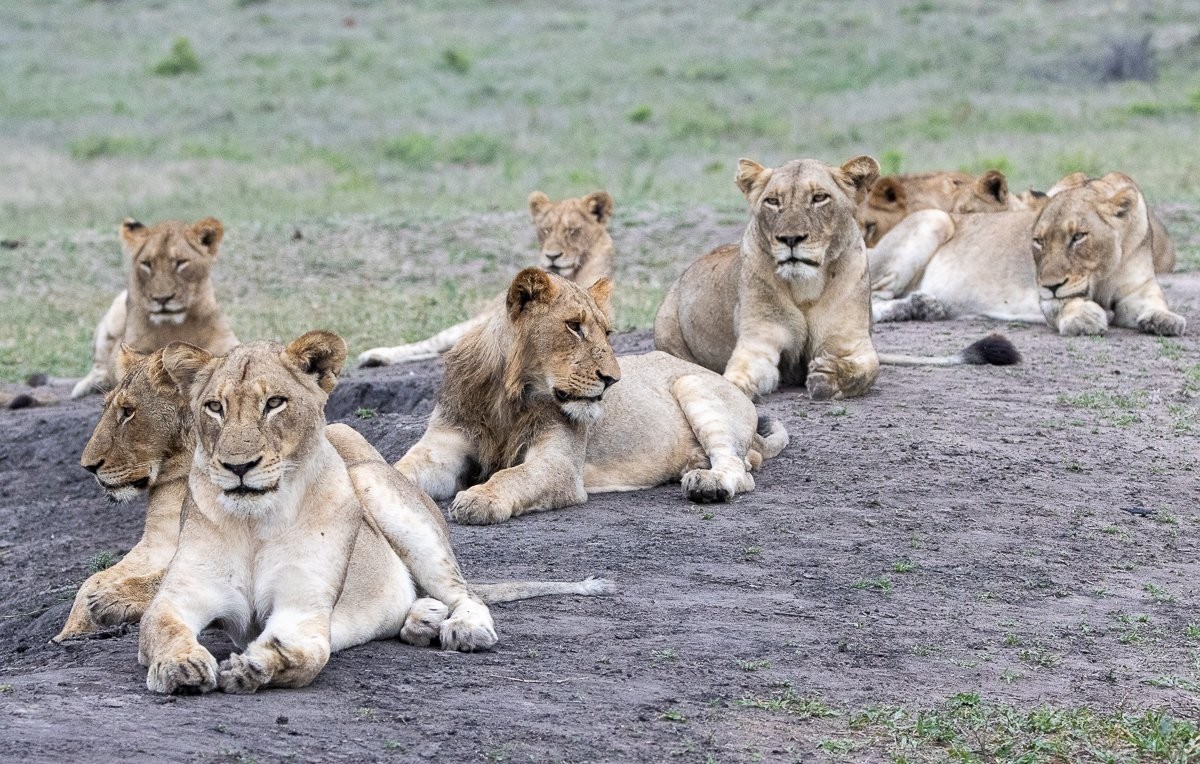
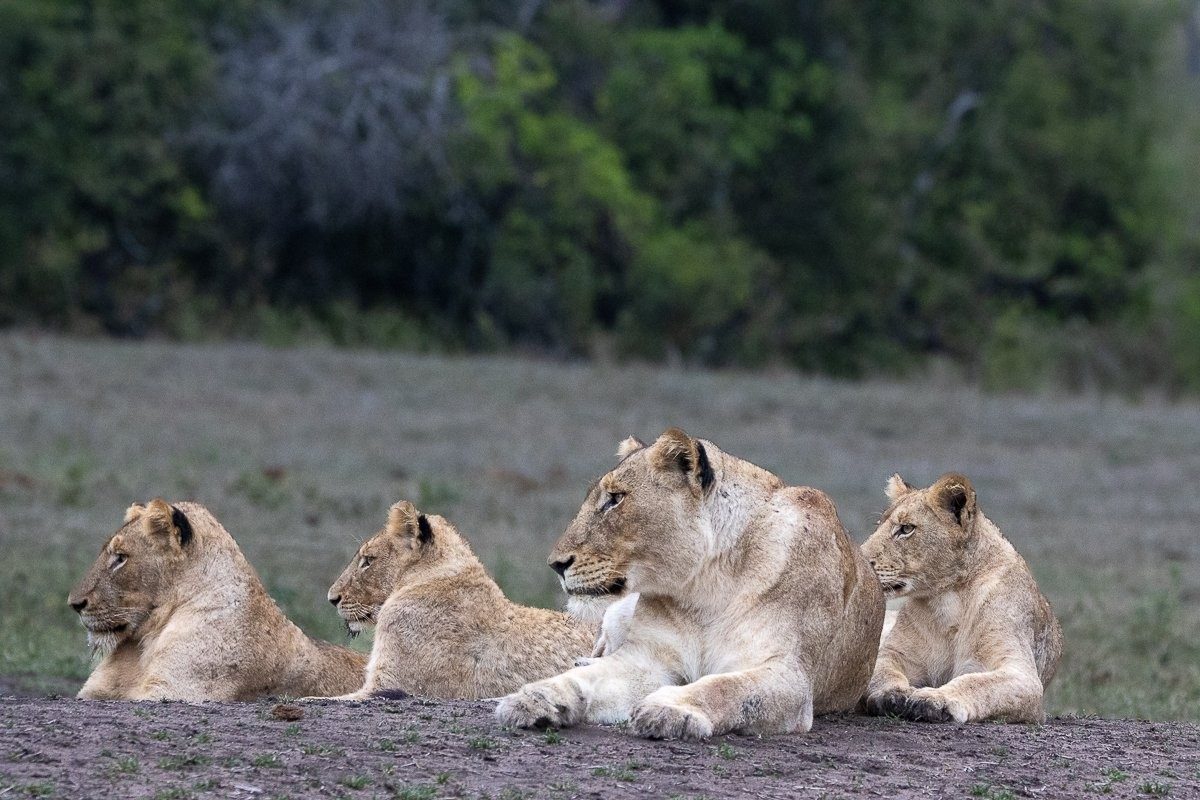
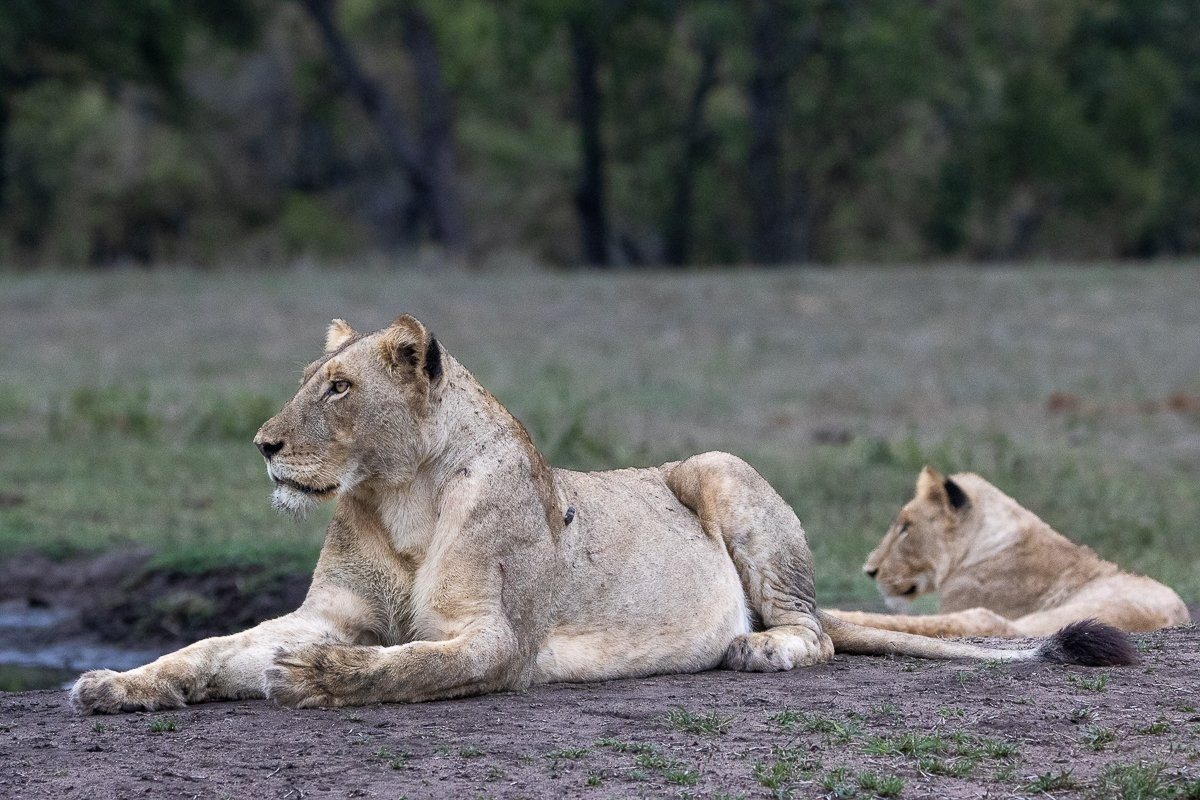
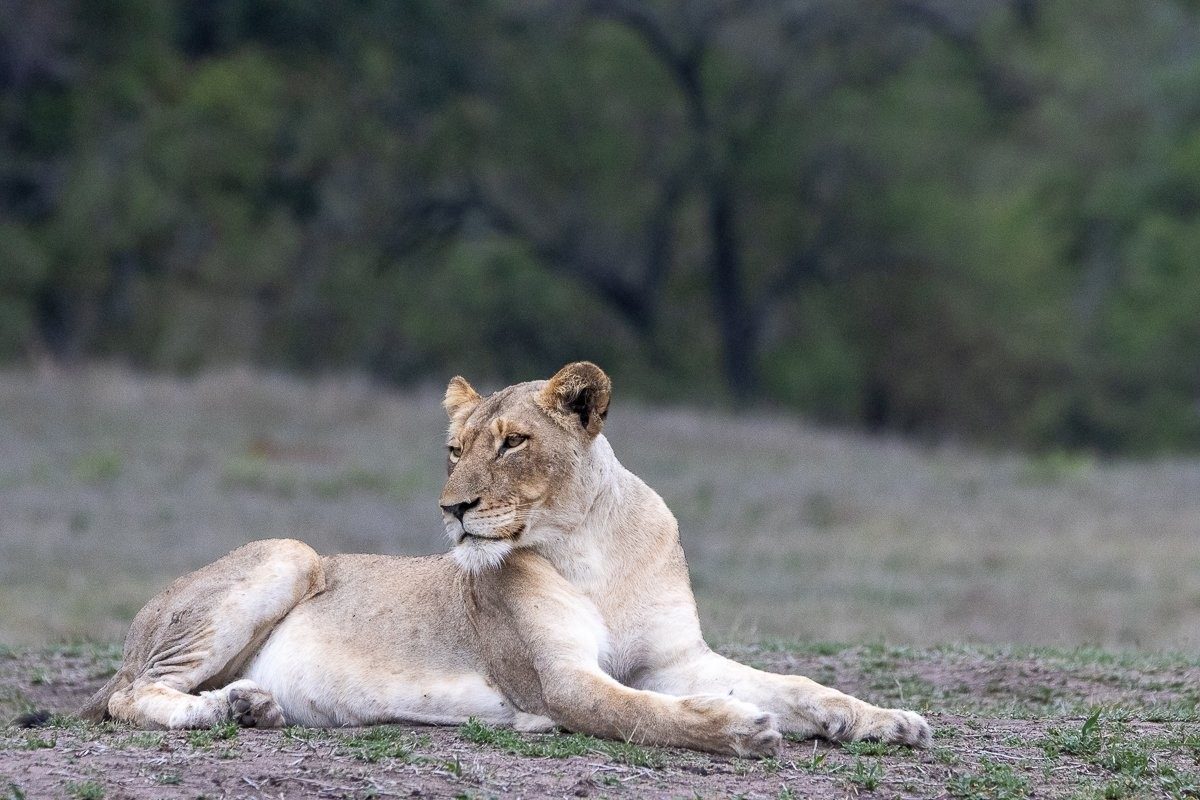
We came across the Gijima males as they were marking their territory. Fortunately, they paused to rest close to us — but their break was short-lived when a group of rhinos approached, forcing the lions to move away. Even though lions are known as the kings of the jungle, the rhinos clearly had other plans.
Every few days, the males patrol and re-mark their territories as a form of communication to other aspiring lions, signalling that the area is already occupied. This scent marking often serves as a strong deterrent to any intruding males looking to challenge their dominance.
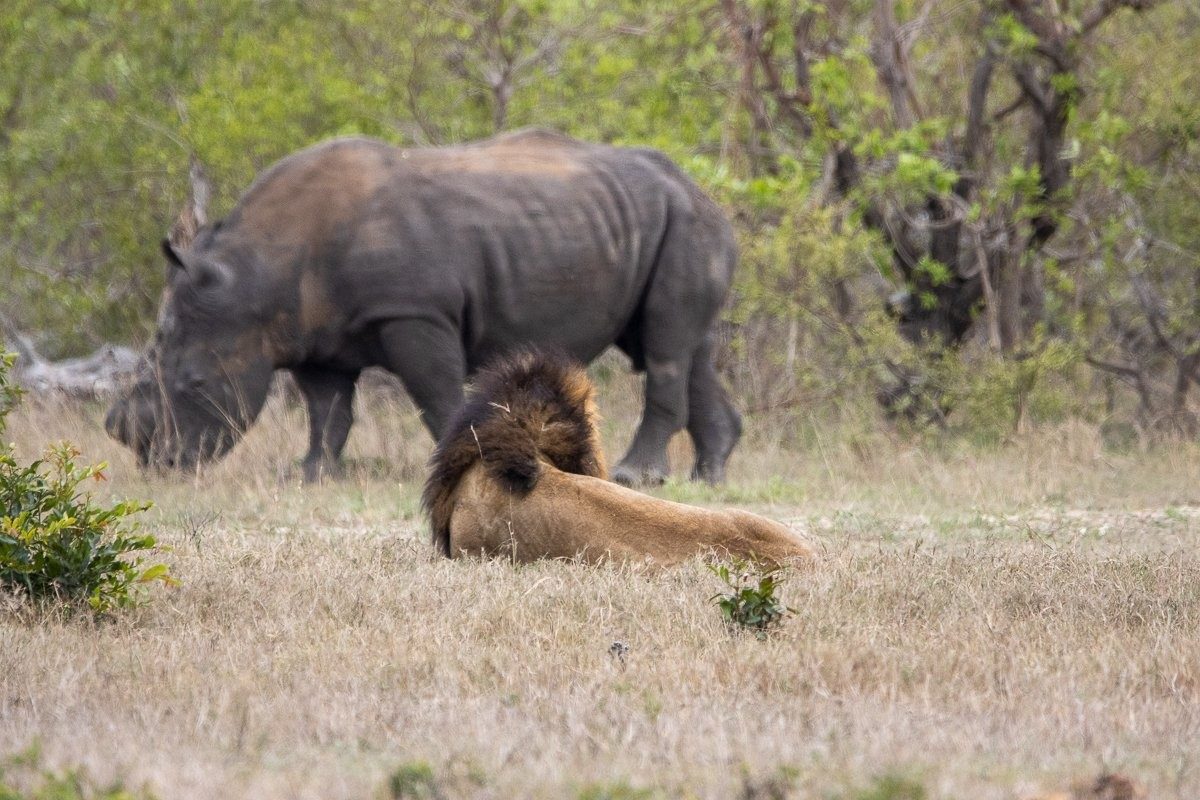
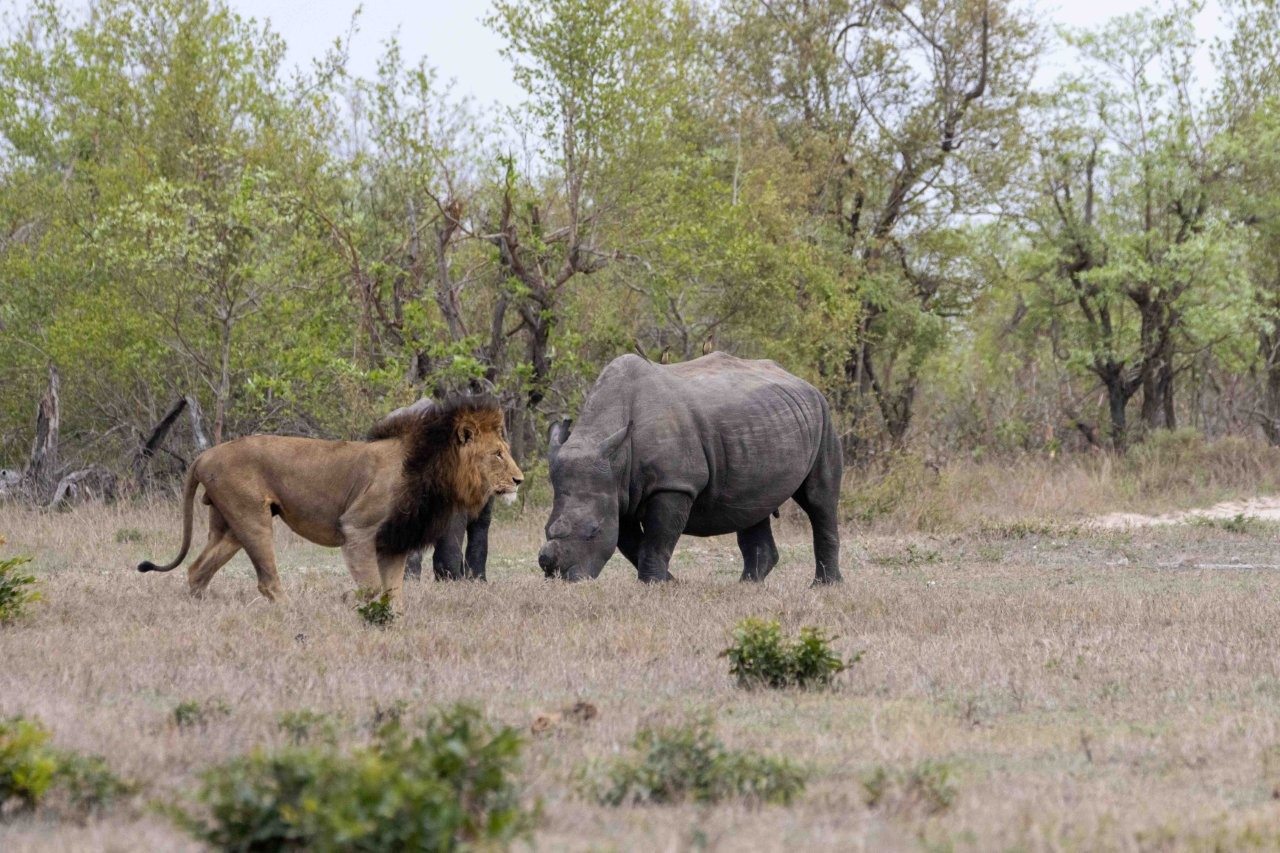
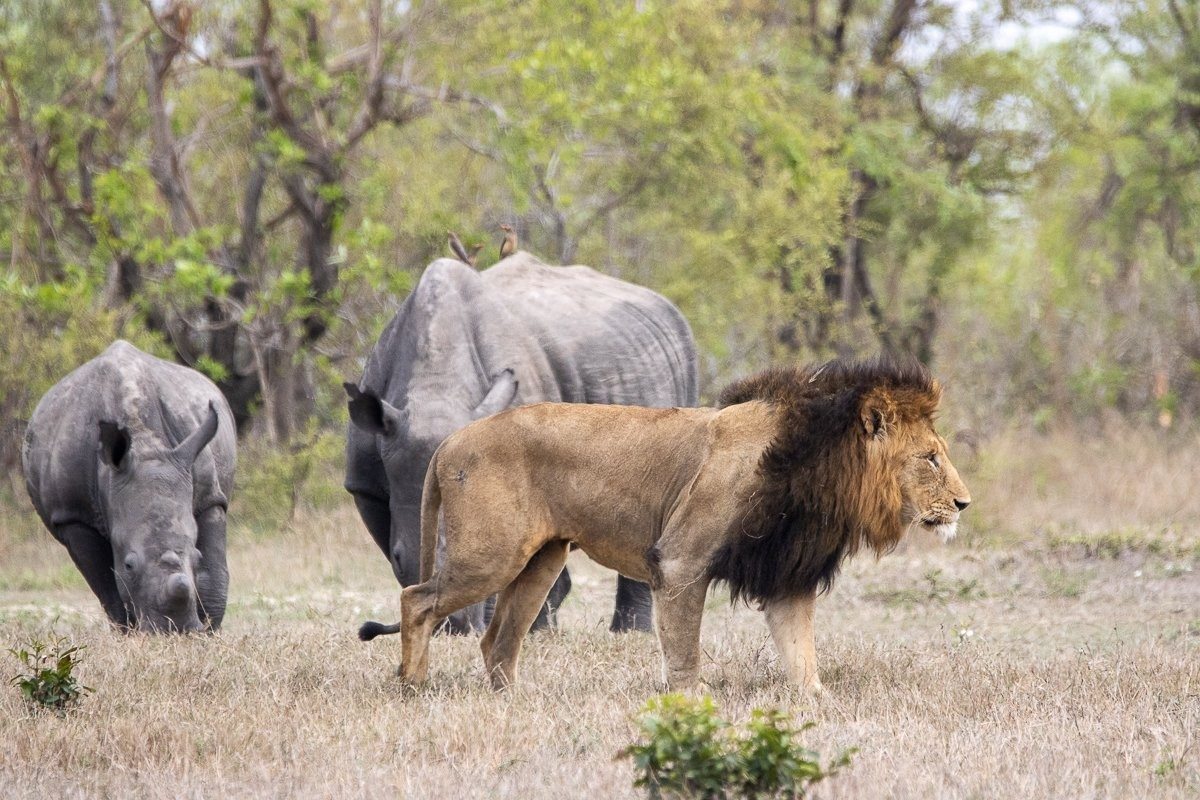
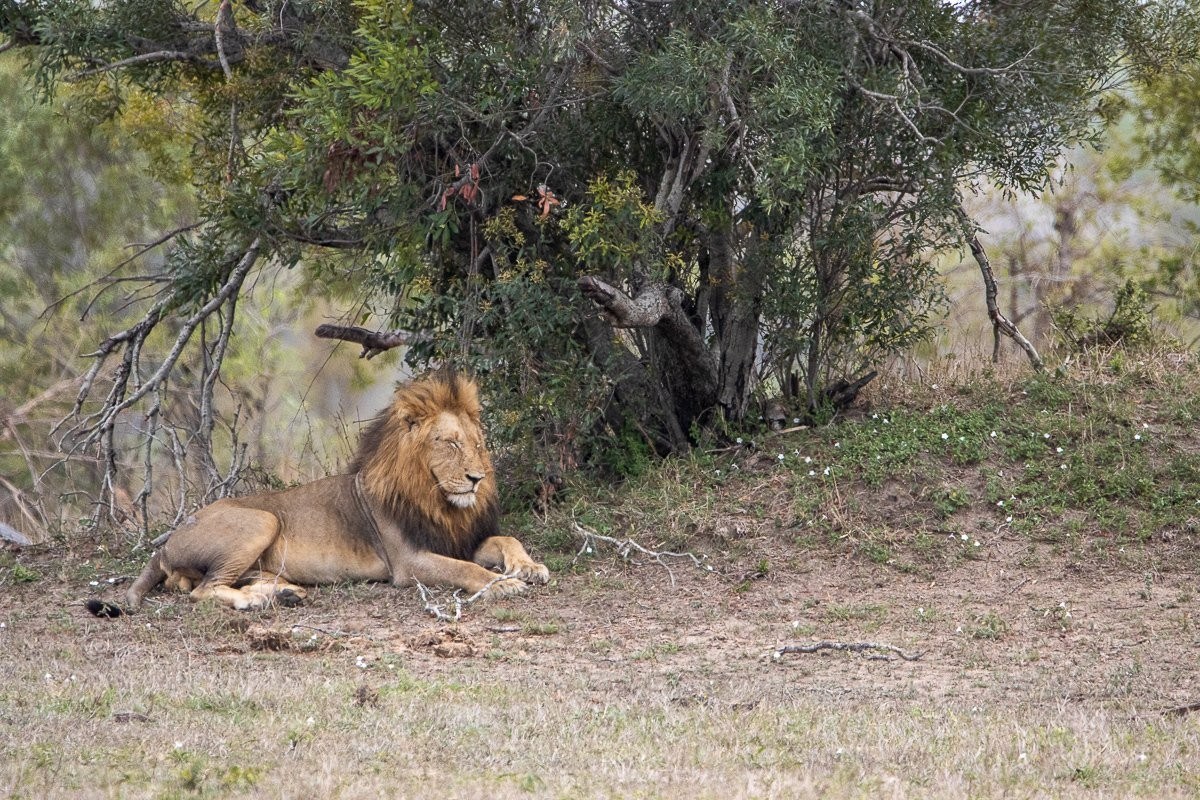
A rarely seen female leopard, Jacana is renowned for her stealth, independence, and quiet grace. She moves through the bush with purpose, perfectly embodying the solitary spirit of her species - territorial, elusive, and largely nocturnal. Unlike lions that thrive in prides, leopards prefer solitude, relying on their remarkable camouflage and agility to slip unseen through dense bush and treetops. Catching a glimpse of her is a rare privilege.
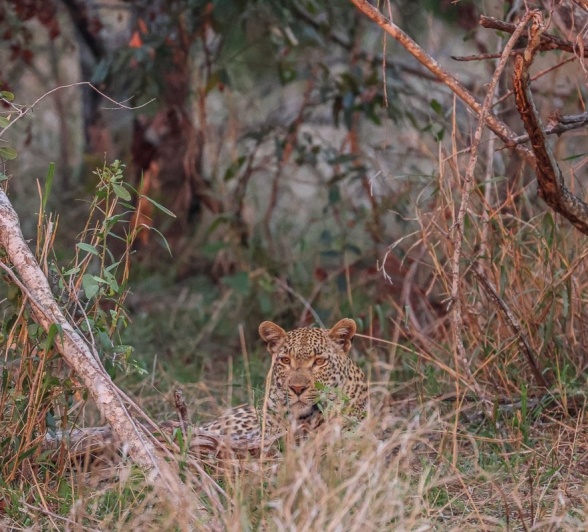
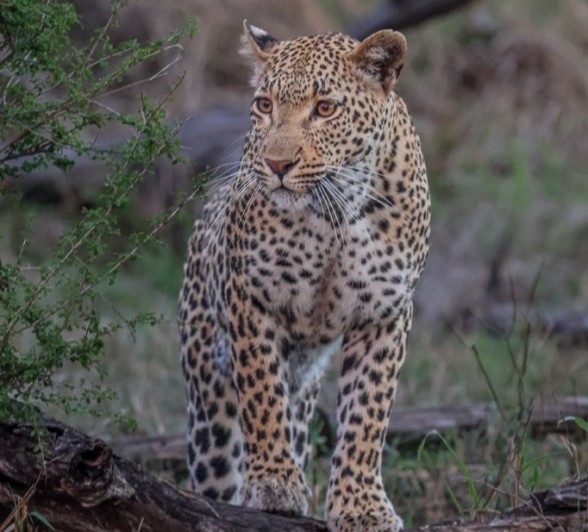
We spotted the Ntsumi female in the late afternoon, quenching her thirst at a waterhole. Her noticeably full belly hinted at a recent successful hunt. While her cubs remained hidden and unseen, their well-being seemed likely, given her condition and alert behaviour.
Before disappearing back into the bush, she displayed a fascinating natural behaviour - rolling in buffalo dung. This scent-masking technique, used by leopards and other predators, helps disguise their own scent, either to avoid detection by prey or to keep rival predators at bay.
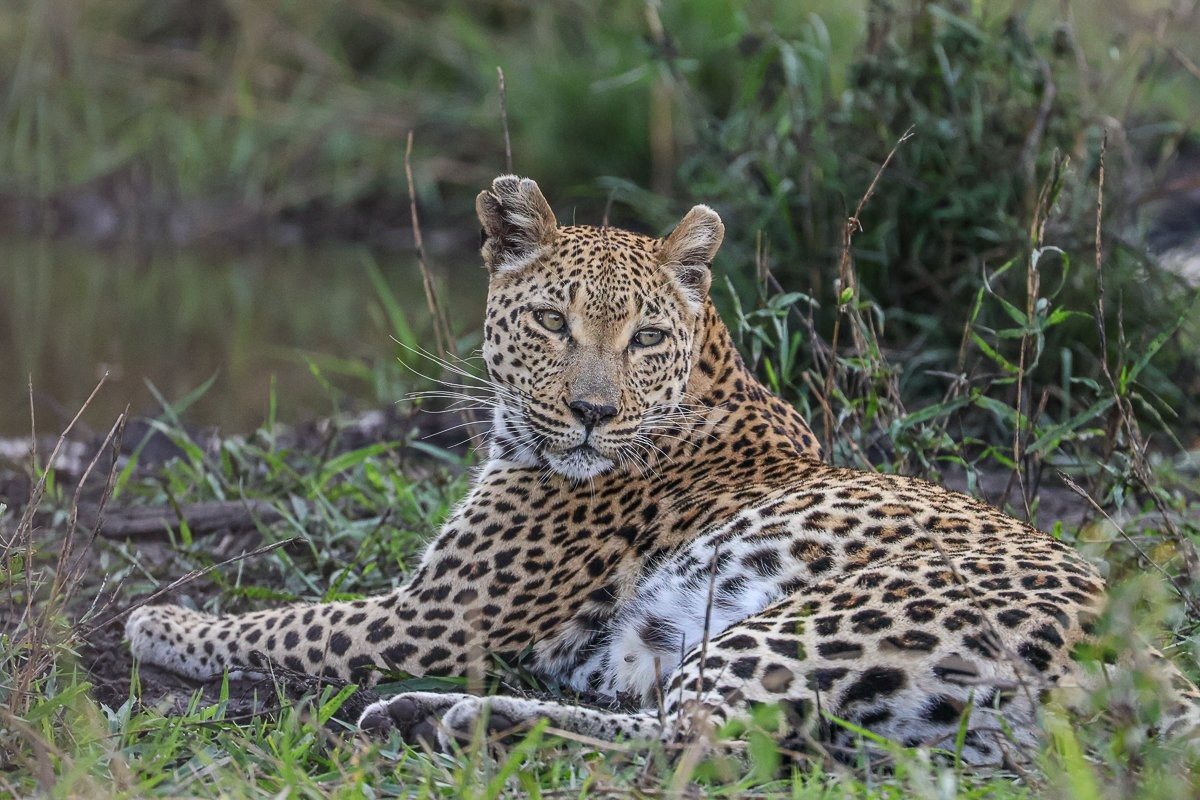
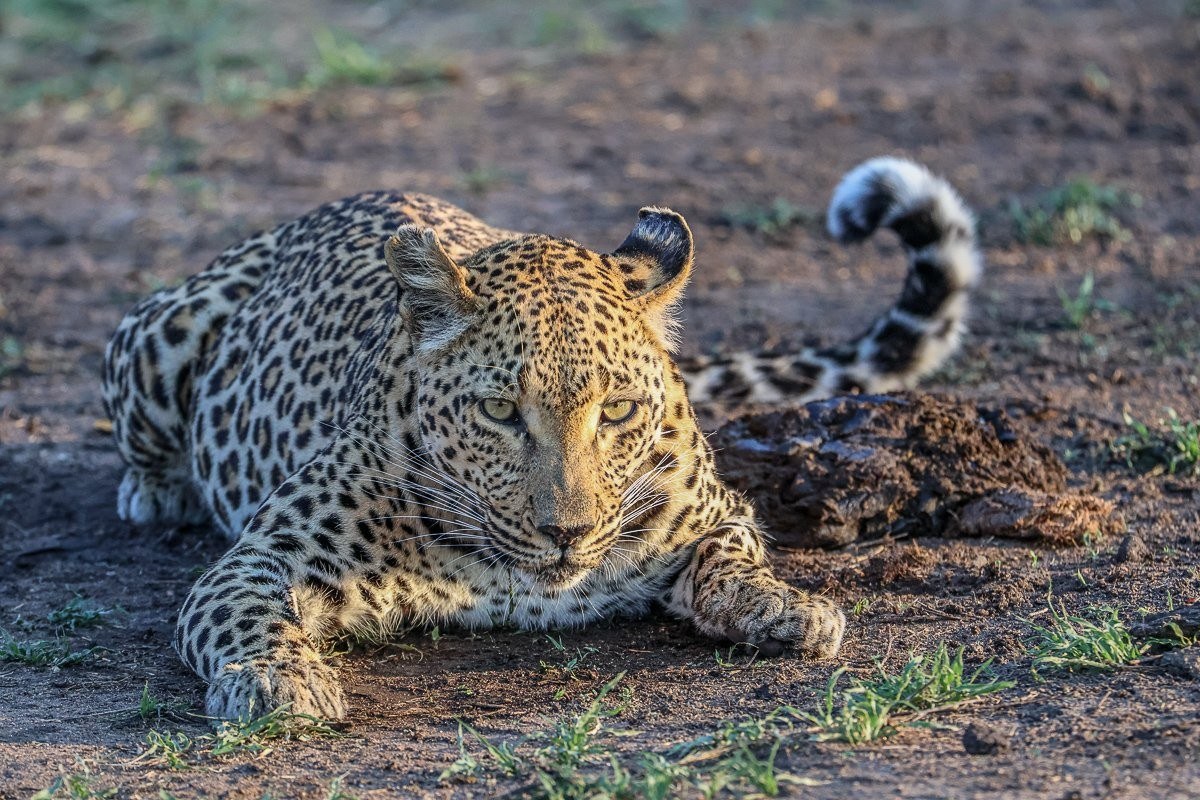
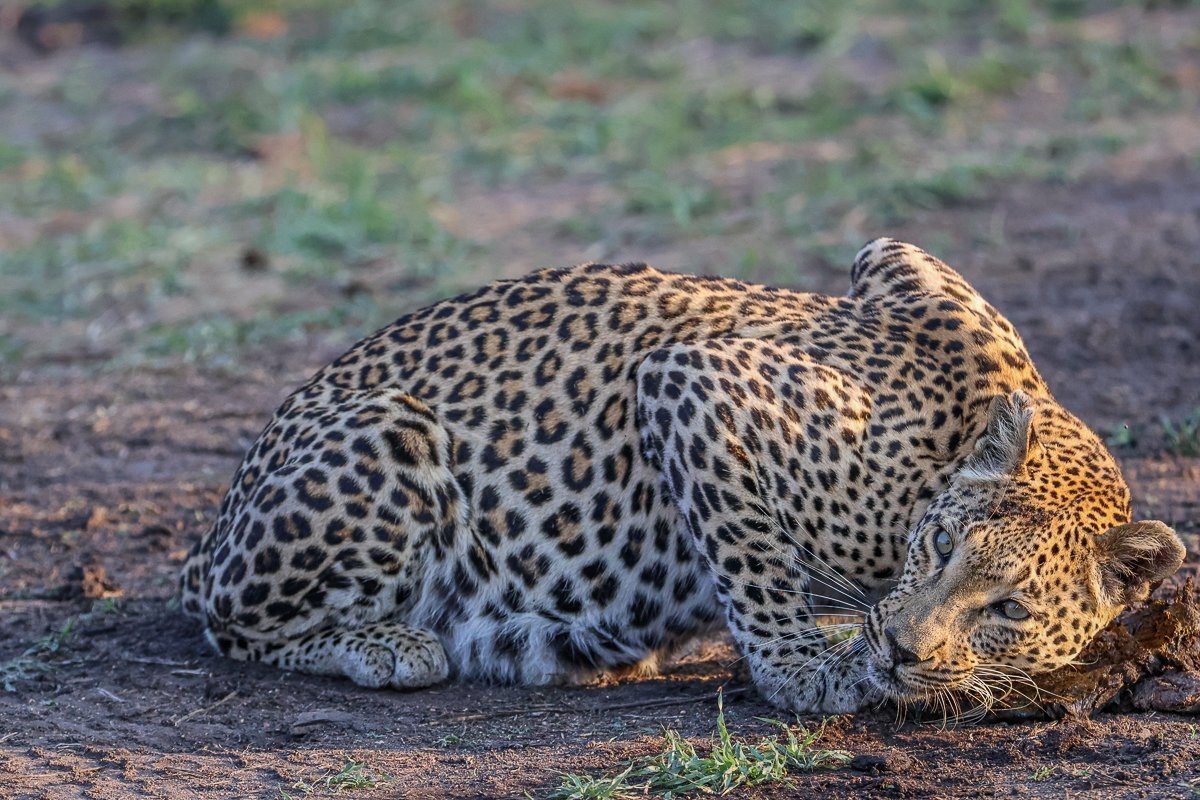
As the heat of the day fades, this cheetah mother and her three sub-adults approach a waterhole cautiously, scanning for danger. Unlike lions, cheetahs don't have the strength to defend themselves easily, so they remain alert, even while drinking. Water is essential for cooling down after the heat, but these moments are risky.
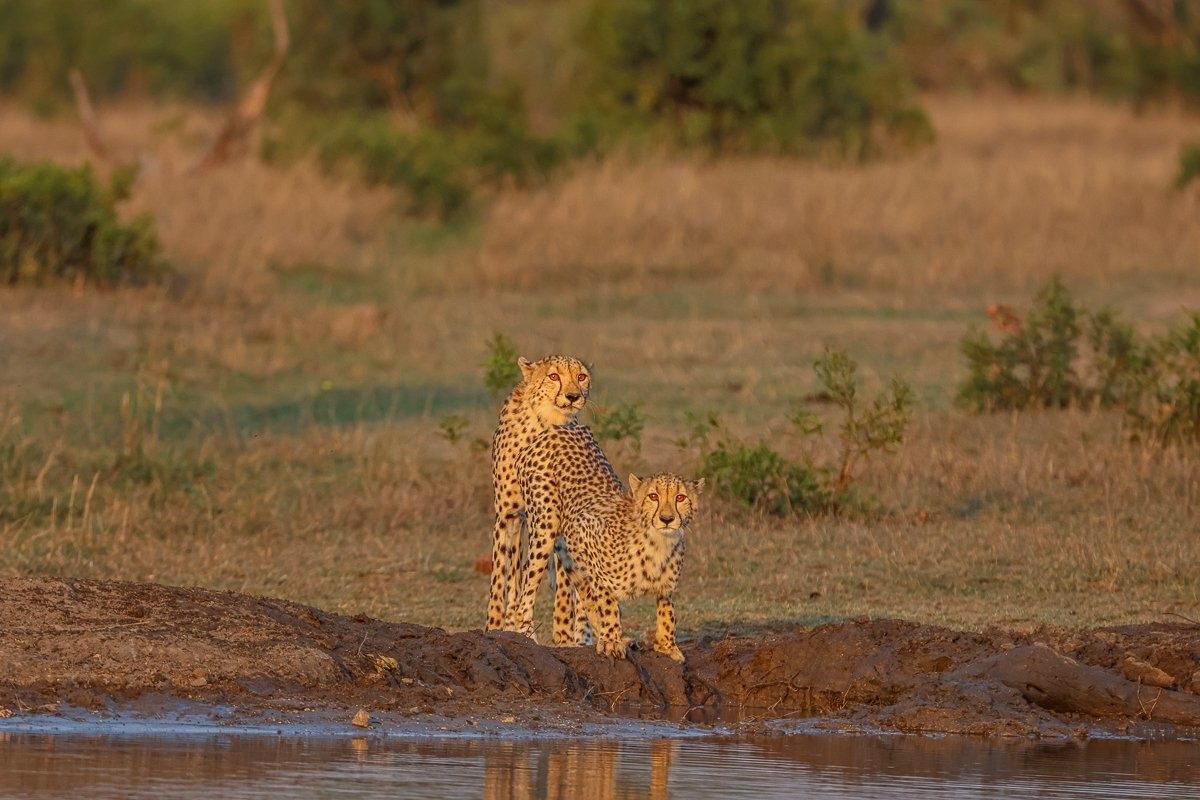
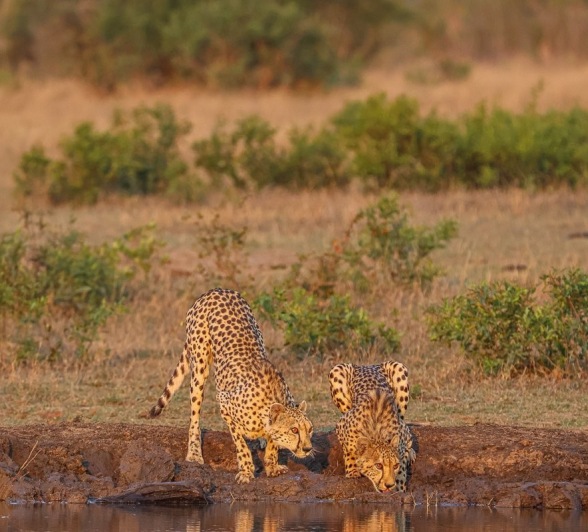
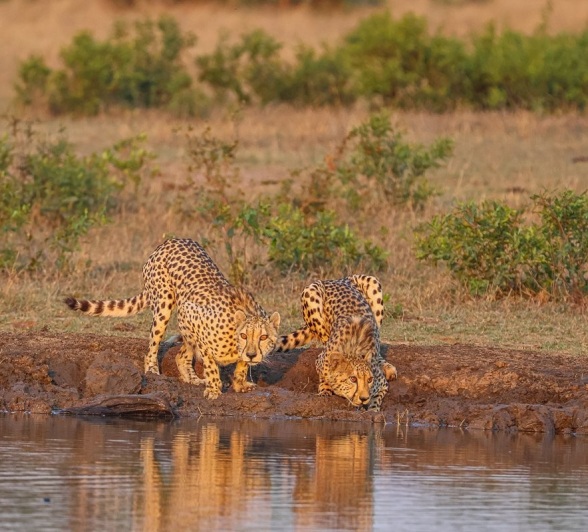
The waterhole in front of Selati Camp is always a popular spot for animals that come to drink during the early mornings, the heat of the day, and late evenings. We’re often visited by many elephants, but on this day, we were treated to the rare sight of a group of giraffes drinking. It was an incredible opportunity to watch them up close and appreciate their graceful beauty.
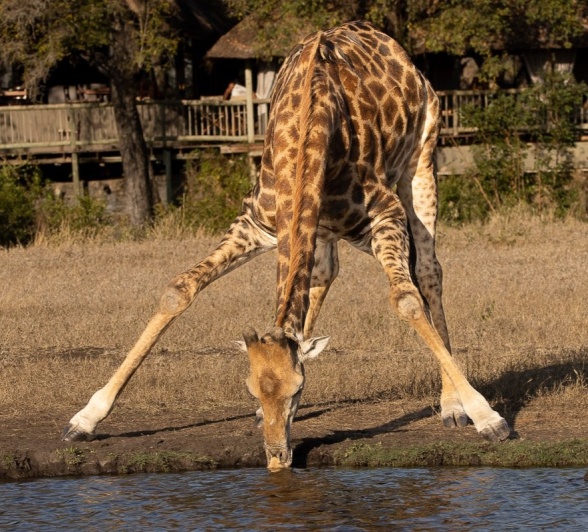
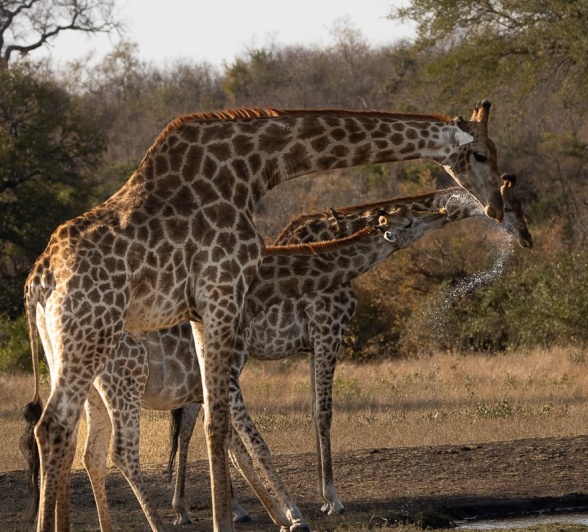
Just as we were walking back to camp after our safari, a sudden movement in a nearby tree caught our attention. Shining our light toward it, we were thrilled to discover an elusive Scops Owl perched among the branches. Its call is one of the most iconic sounds of the bushveld - often heard, yet the bird itself is rarely seen.
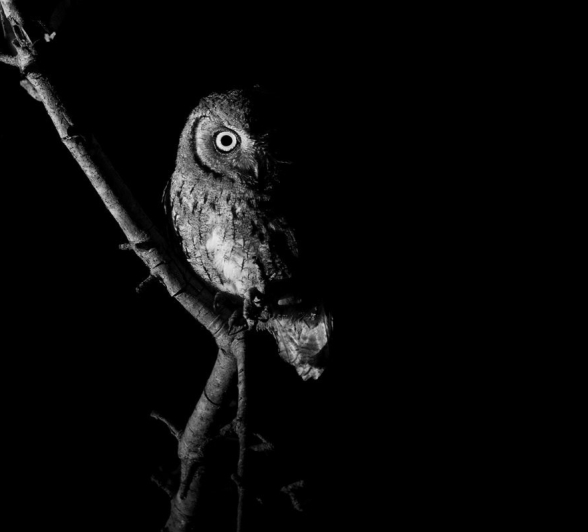
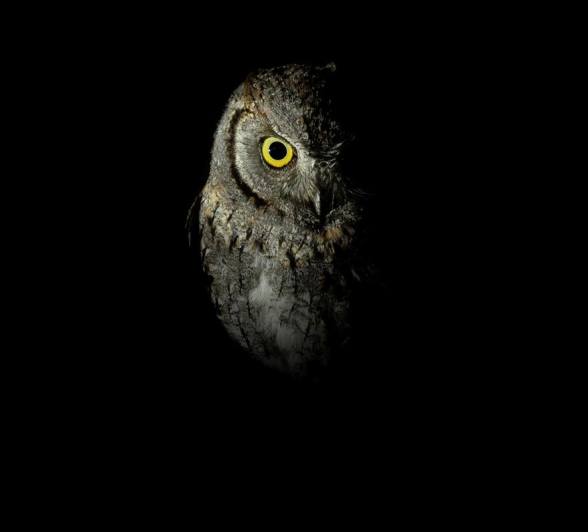
Yellow-billed hornbills are often seen foraging on the ground, lifting sticks and turning over piles of dung in search of insects such as beetles and termites.
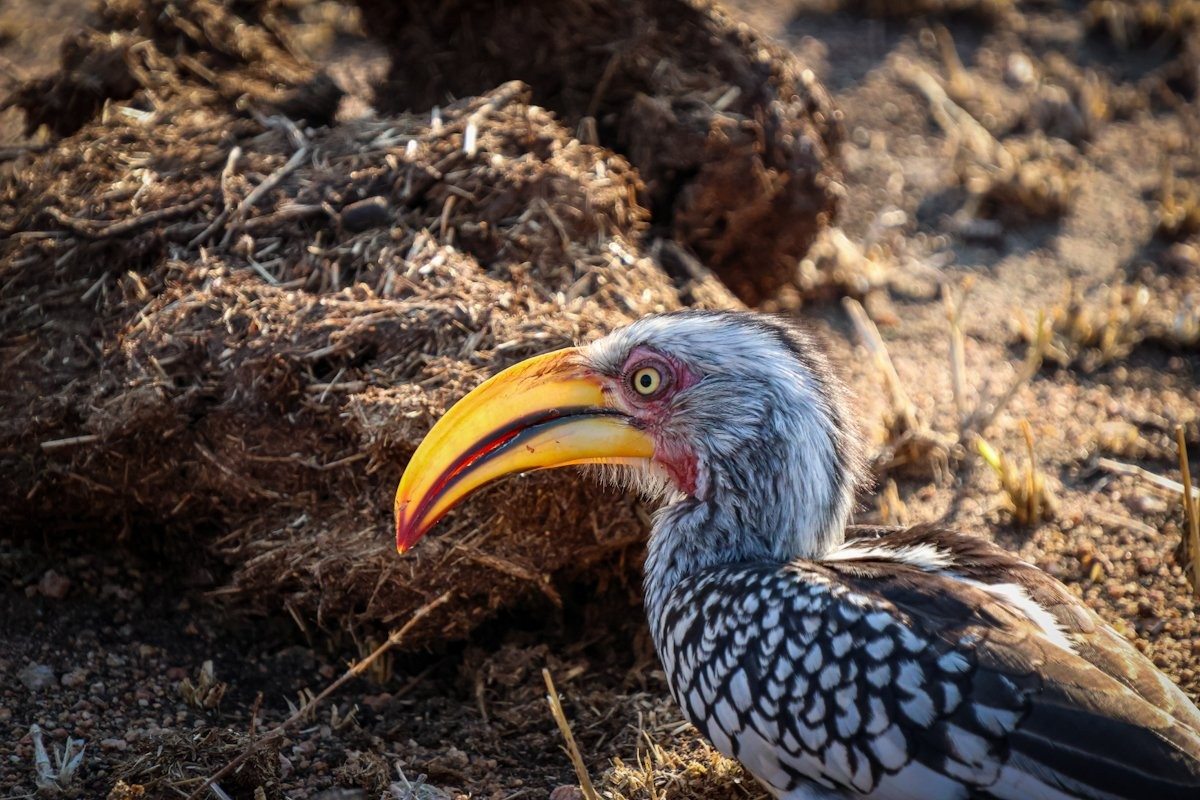
In the golden light of the late afternoon, a herd of elephants gathers at a watering hole to drink after a scorching day. Elephants need large amounts of water - up to 100 litres a day - not only to stay hydrated but also to regulate their body temperature. After drinking, they often spray themselves with water and mud, using it as a natural sunscreen and bug repellent. This daily ritual is vital for their survival, especially in hot environments.
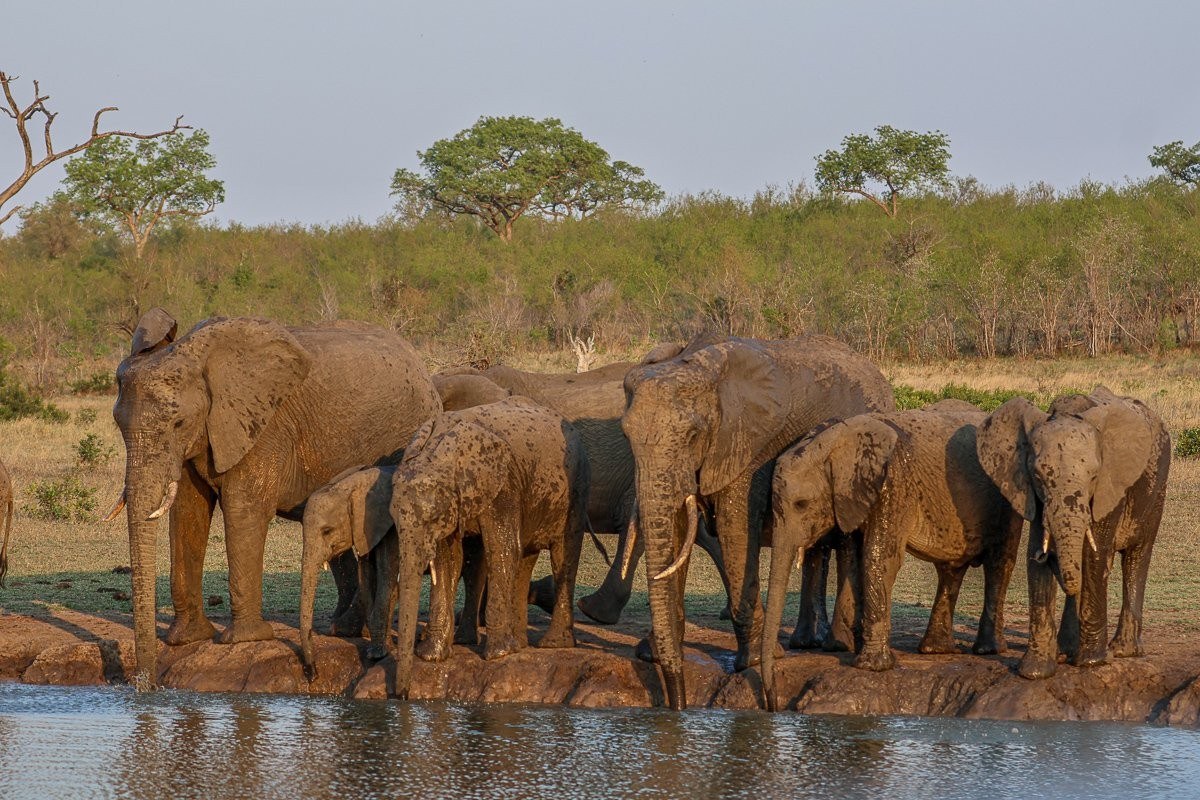
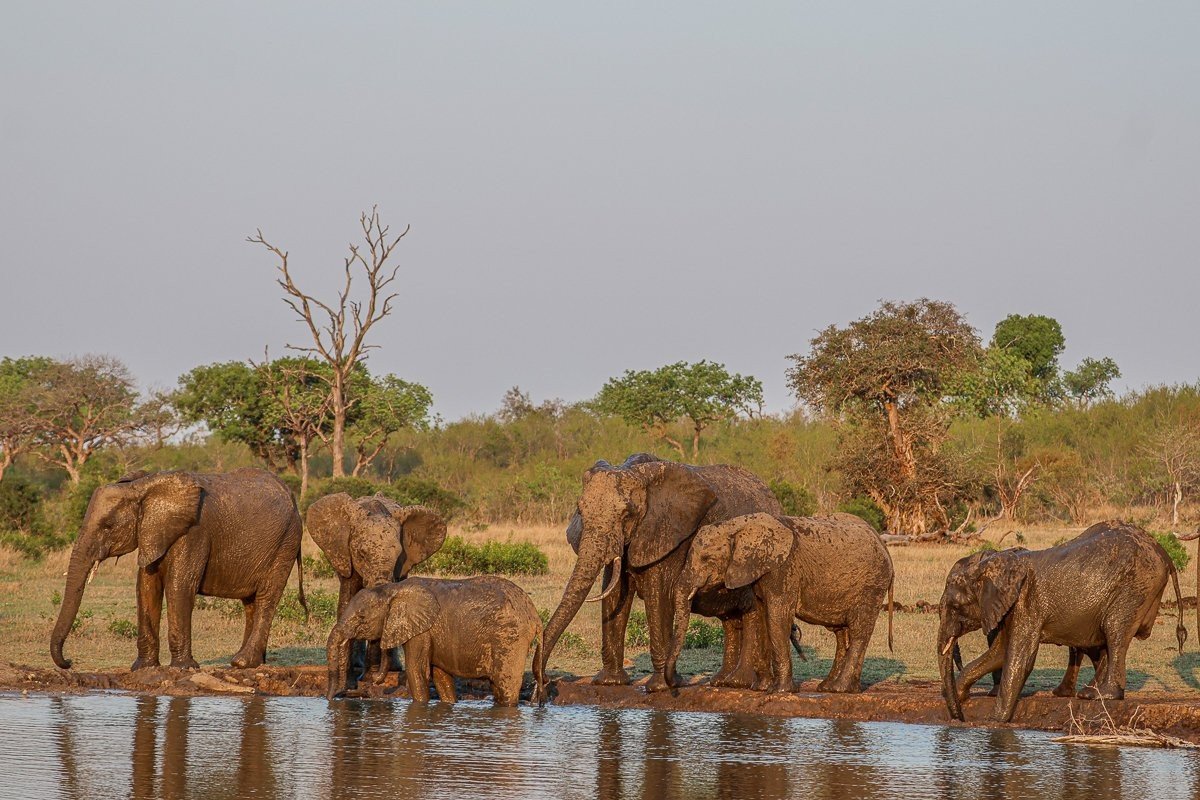
We spotted two male impalas squaring off in an open area. Their standoff was entertaining to watch, each showing hesitation to fully commit to a fight. After much posturing and buildup, they eventually wandered off in opposite directions — a humorous yet anticlimactic ending to their dramatic display.
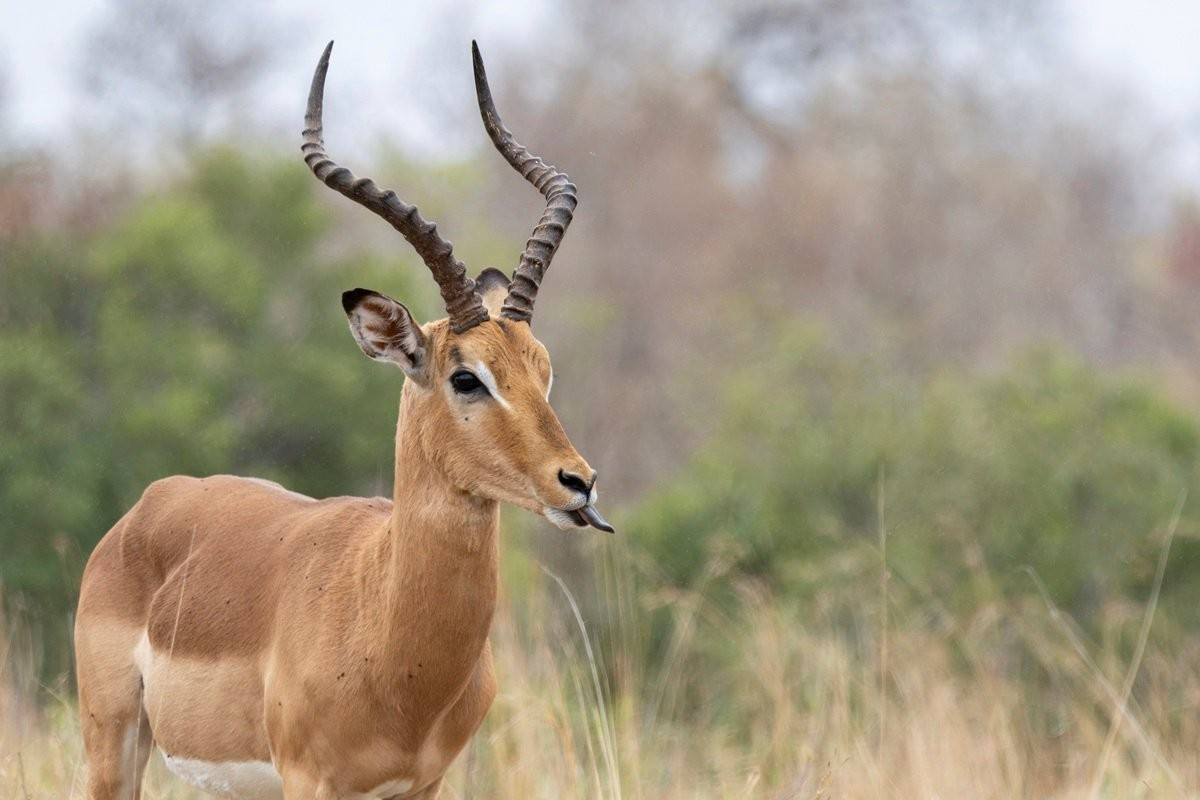
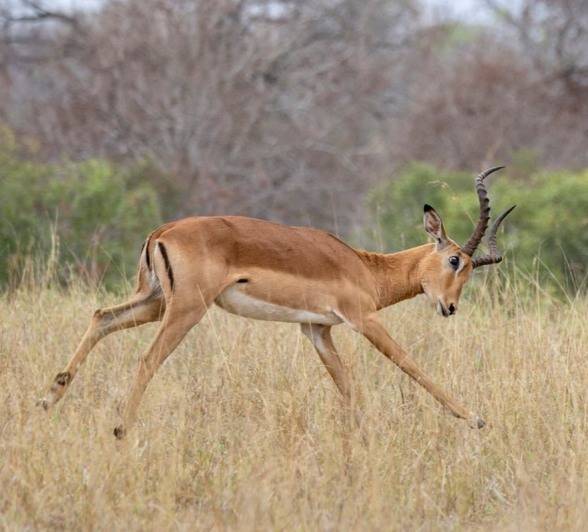
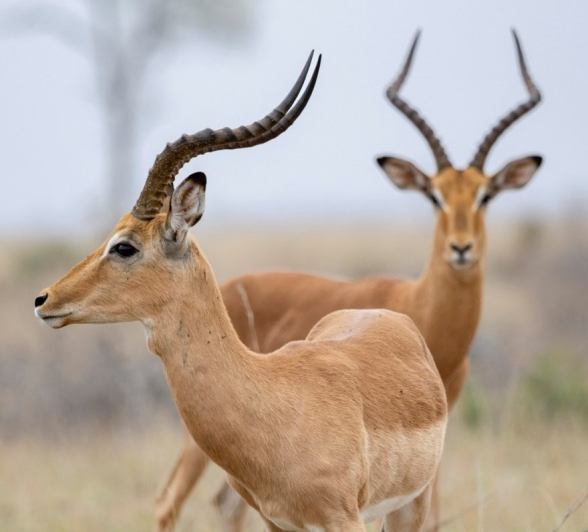
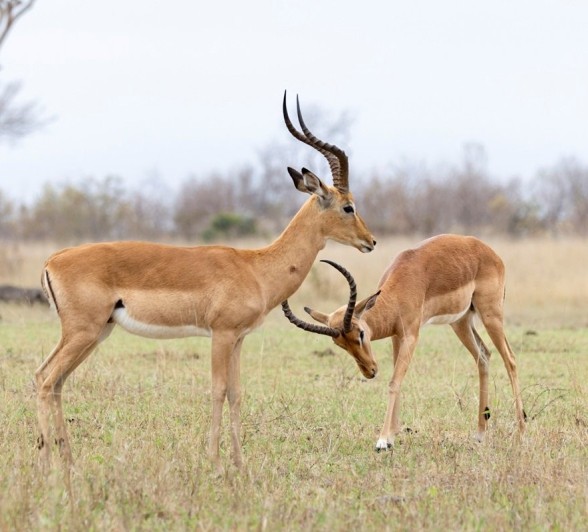
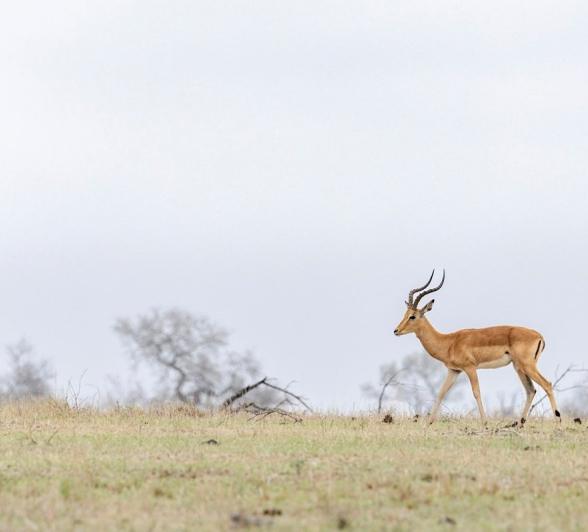
Until next time…
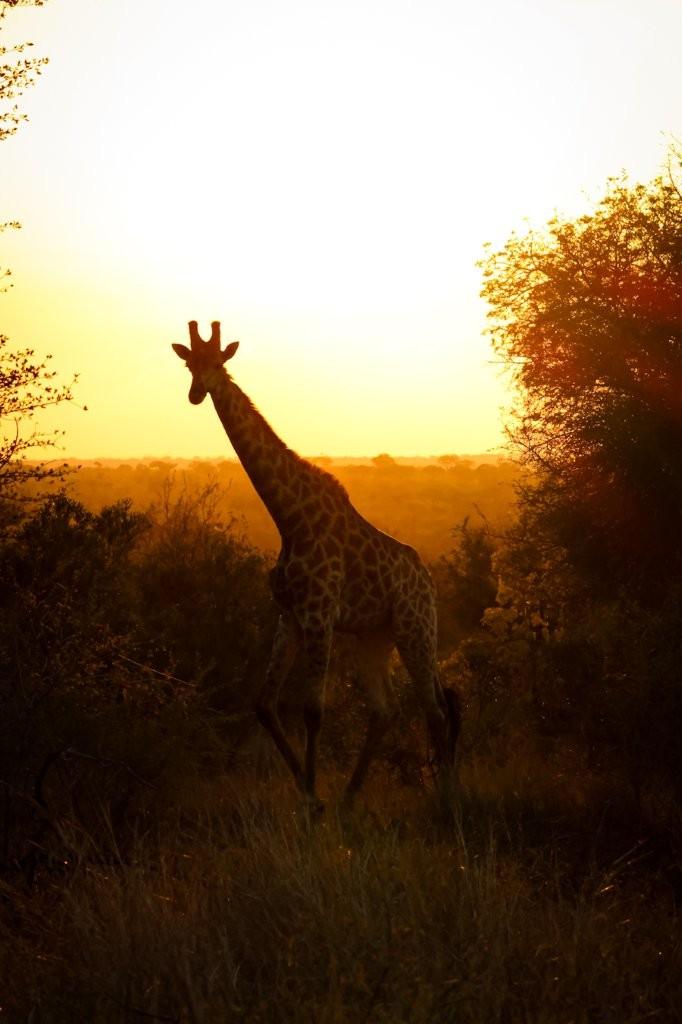
Blog by Wendy Claase
Images by Benjamin Loon, Jan Nel, Ronald Mutero and Ruan Mey

